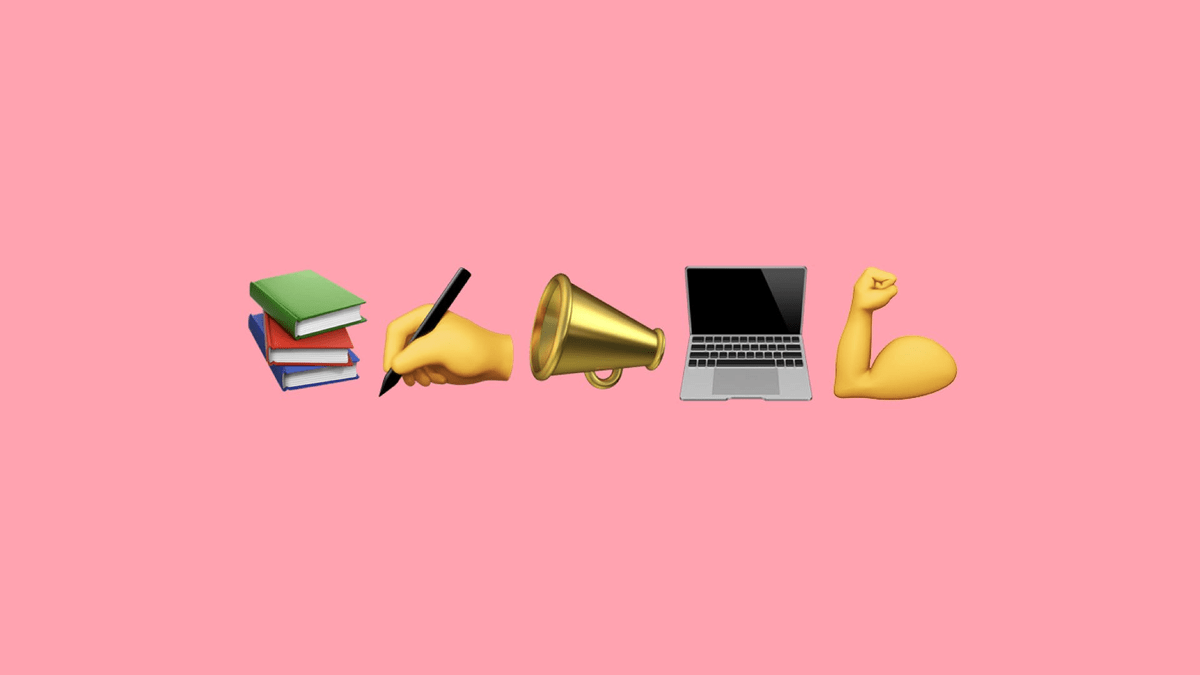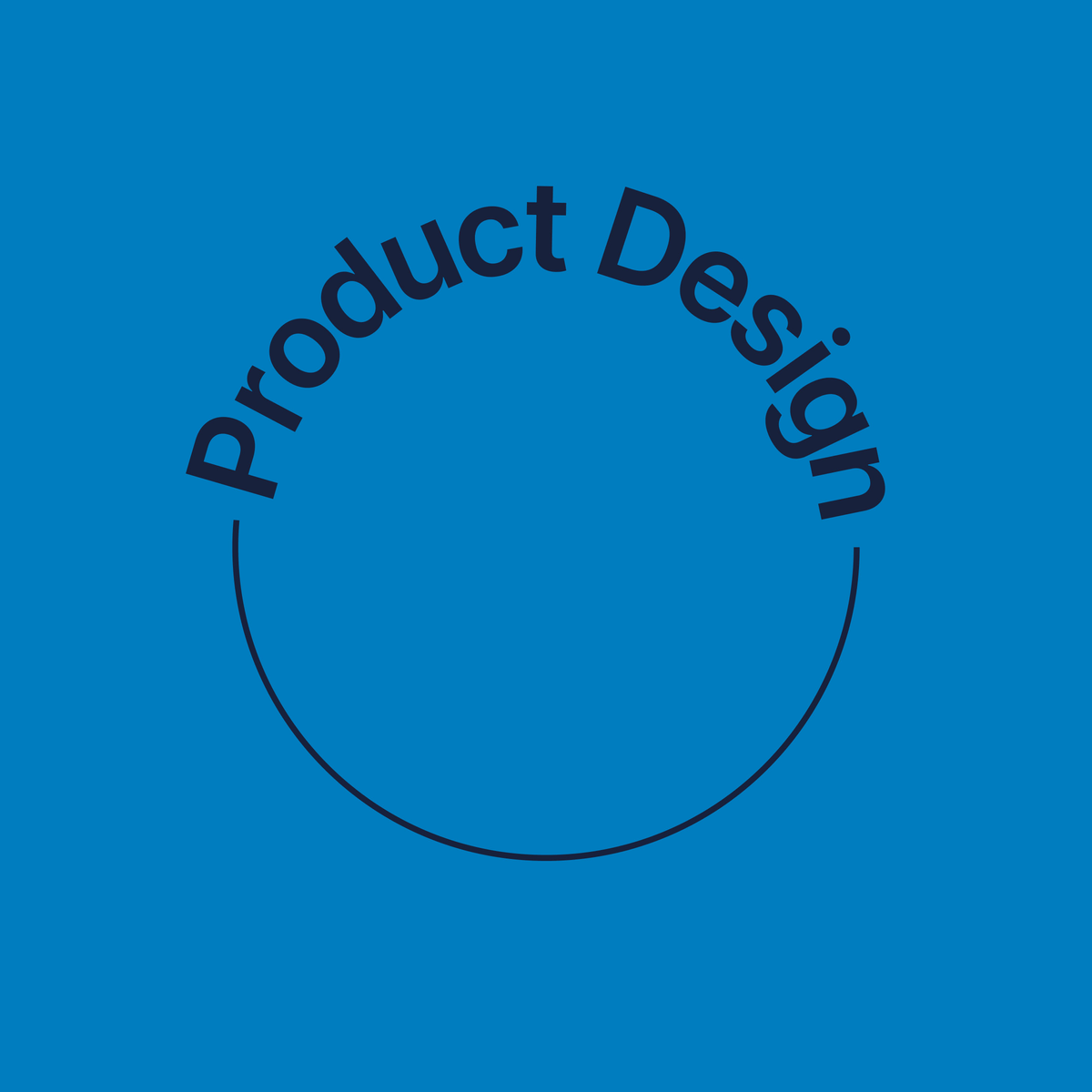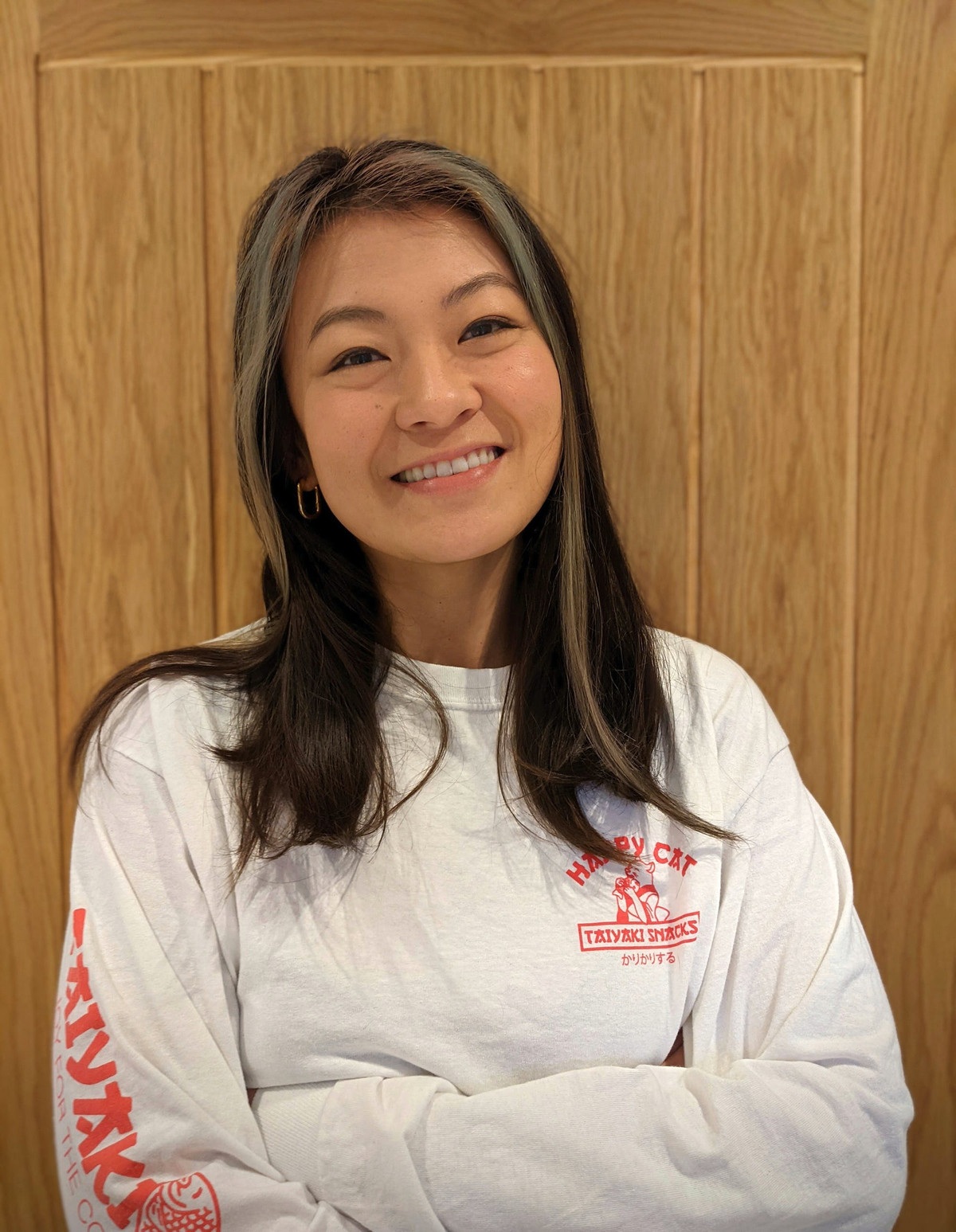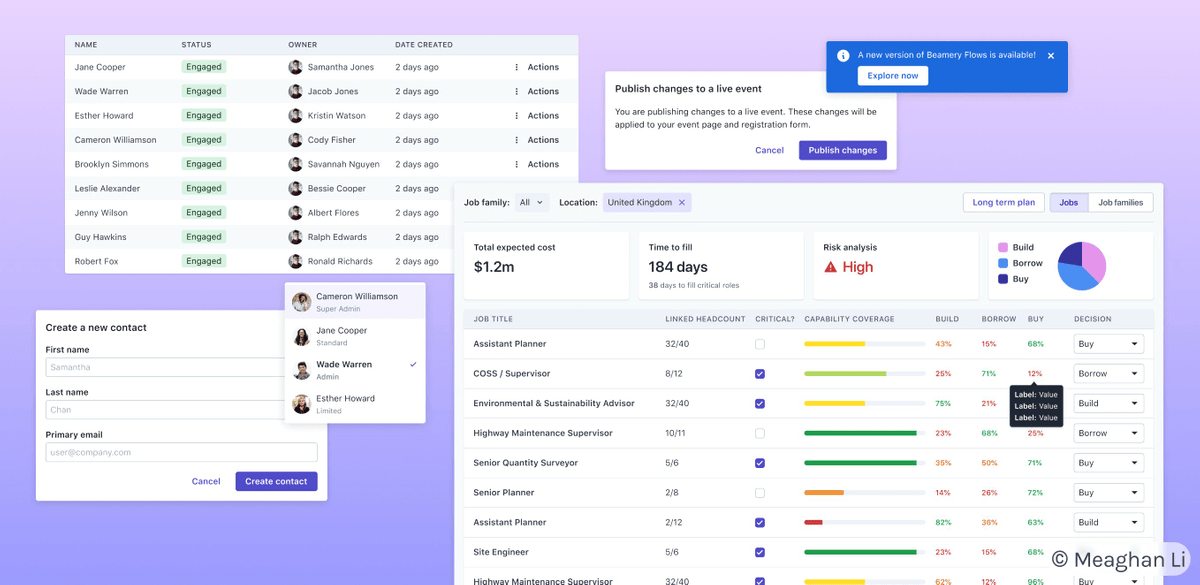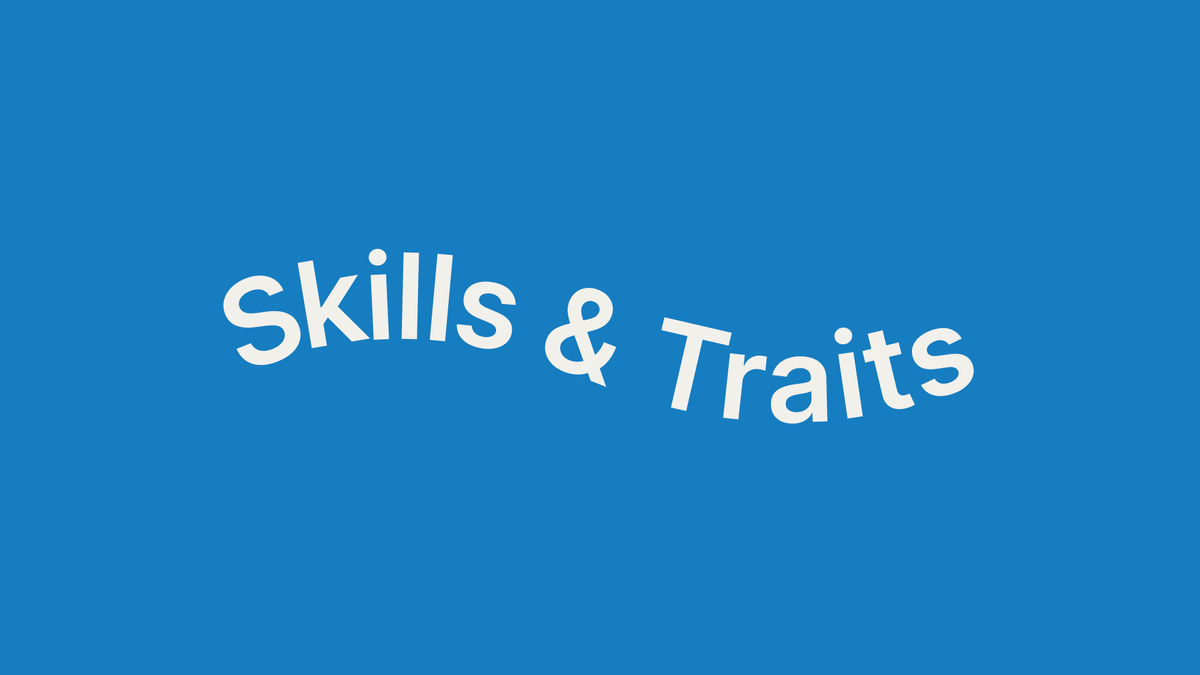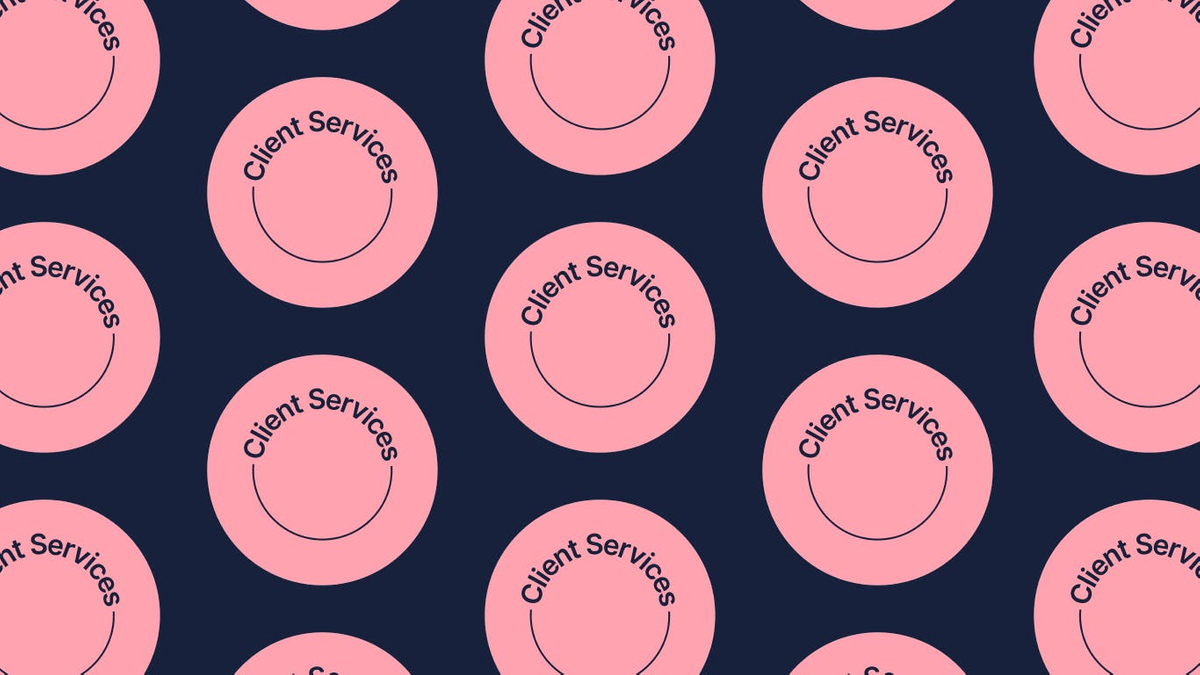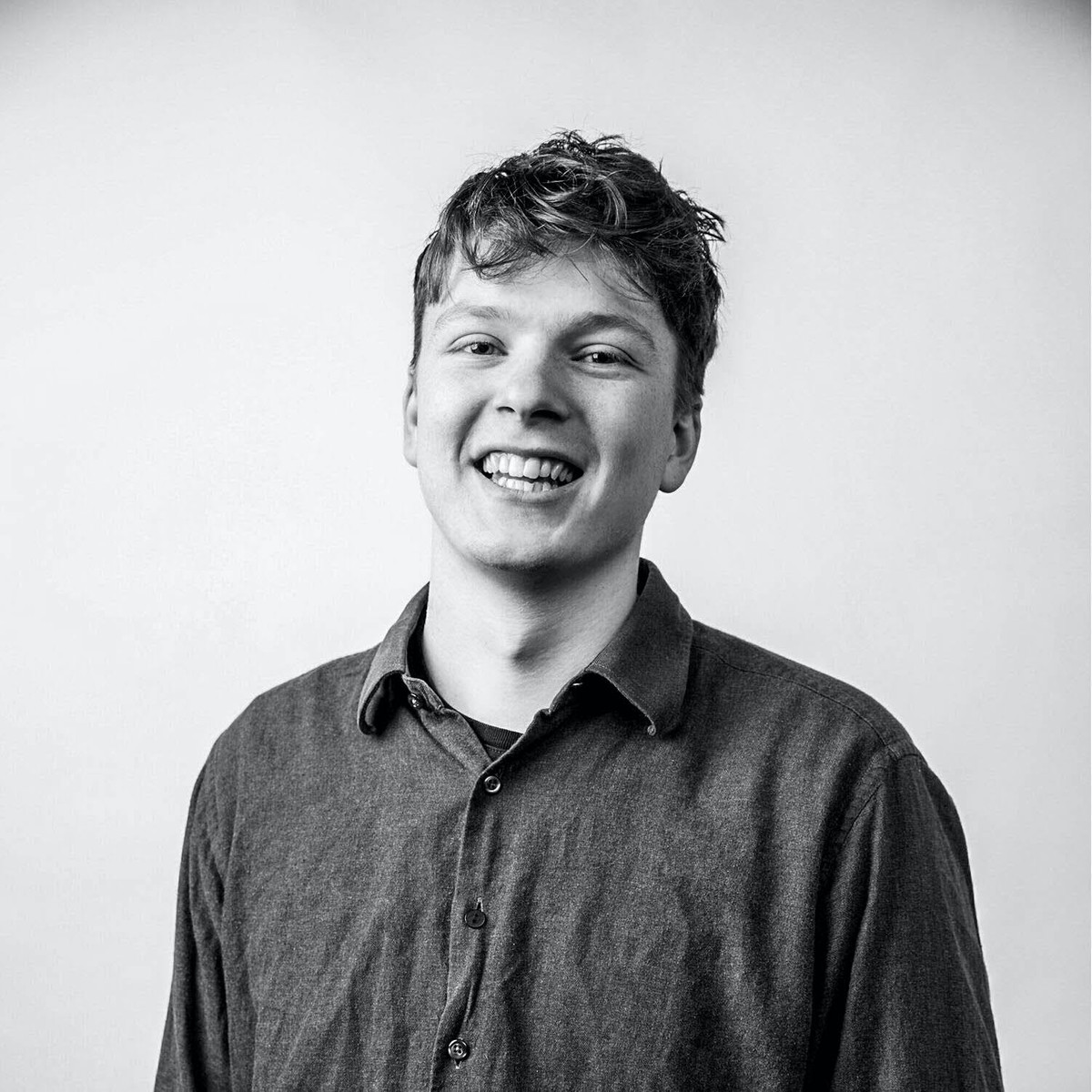How to get started as a Product Designer
Words by Meaghan Li, Product Designer (UX/ UI)
— February 2021
Here's part three in our Product Design series form Meaghan Li! in this piece Meaghan shares her 6 steps on how to get started in Product Design. To read about what Product Design actually covers and the skills you need to hone in and check our parts one and two.
How do I get started in the industry?
Product Designers generally love to spend time online and share their knowledge. As a result, there’s an abundance of free resources to help you get started in the industry or improve your craft. A great example is Degreeless Design, which features a collection of online resources summarising what one person learned at design school.
1. Learn
- Attend workshops, conferences, and events. Many of them are remote-friendly and free to attend.
- Read books. Some of my favourites include:
— The Design of Everyday Things by Don Norman
— Don’t Make Me Think by Steve Krug
— A Book Apart series - Take an online course. Some great free ones include Hack Design and The Gymnasium.
- Read articles. There are so many great articles out there. To avoid becoming overwhelmed, I found it easier to read deeply on specific topics whenever questions came up in my work.
— Norman Nielsen Group
— Smashing Magazine
— UX Collective - Listen to design podcasts to hear from industry leaders, understand how to tackle interviews and problems, and explore new developments.
- Enrol in a design bootcamp if you prefer learning in a structured environment. They have varied price tags and flashy websites, so speak to past students to evaluate the different options.
2. Practise
You can consume all the design resources you can find, but when it comes to improving your craft, nothing beats working on live projects. However, this is a frustrating catch-22: recruiters usually ask to see a portfolio of past work, even when hiring for entry-level roles. Here’s some advice for gaining product design experience before you have your first job:
- Initiate your own design projects. You could use a prompt generator for inspiration, or you could design a solution that addresses a challenge that you experience in your daily life.
- Participate in hackathons to collaborate with others and produce solutions within tight time constraints. Meetup, Facebook, and Eventbrite are good sources for hackathons in your area.
- Apply for design internships, especially if you are a student or recent graduate. You get to work on live projects with real clients while also potentially securing a reference/recommendation that will make it easier to land full-time roles. To find internships, attend career fairs, look on job boards, or contact companies/recruiters directly via email or LinkedIn.
- Offer pro-bono work to local businesses and nonprofits. This also offers the chance to work on live clients and secure a reference at the end. Platforms like Designers Available or Designers of the People showcase pro-bono opportunities, but I also recommend reaching out to nearby local businesses or organisations you care about.
3. Document and showcase your work
- Document everything! While graphic design portfolios focus on the final product, product design is all about the process. Capture all of your doodles, research, scraps, and draft designs. If you’re participating in a workshop or hackathon, take plenty of photos. If your final product was developed and released, ask your users to provide some quotes about your product. All of these tidbits will be invaluable for building your UX portfolio.
- Your UX portfolio communicates what kind of designer you are, how you make designs, and what you are like to work with. It’s an essential part of the design recruitment process, and most employers will refer to your portfolio as their first point of reference.
- There are plenty of resources out there to help you build your portfolio. Take a look at other designers’ portfolios to learn about how to structure your content, how to write about your work, and how to visualise your deliverables.
- You could tailor your portfolio to the specific roles and industries that you’re applying for. However, it’s also important to show breadth of work and a combination of personal, professional, and academic projects (if you have them).
4. Apply
- Identify suitable roles. Make sure that your CV is up to date and cleanly designed. Talk about your project impact in concrete terms, e.g. ‘I organised a design workshop involving 12 people and our product increased user satisfaction scores by 20%.’
- Try to write personalised cover letters for each role you’re applying for. Mention your skills, relevant experience, and interest in the company. Recruiters are usually looking for a human element, rather than blanket statements. If you don’t have extensive industry experience, talk about your current learning path and your motivations for moving into product design.
- Many employers use automated systems to scan your CV and cover letter for keywords and desired skills, so be sure to highlight skills that are relevant for the role.
5. Interview
When interviewing for product design roles, you will typically advance through several stages:
- A recruiter screen
A recruiter or hiring manager will invite you for a short call to learn about your background, understand your motivations for applying, and iron out administrative details like salary expectations and start date. They’re looking for relevant experience, communication skills, and interest in the company. To succeed, do your research about the company, ask relevant questions, and communicate clearly. - A call with a member of the design team
A design leader will dive deeper into your experience, skills, collaboration style, work preferences, and future goals. It’s also a chance for you to learn more about the company, the design culture, and how you might fit in. They might ask to see your previous projects. When showcasing your work, take your listeners on an engaging journey: tell them about the problem you faced, the methods you used, how you validated different ideas, and how you landed on your solution. - A take-home design exercise
This is usually a short exercise to test your visual design and problem-solving skills. You will be given a project brief and a few days to complete it in your own time. If you feel like anything is unclear in the brief, or that the exercise demands an unreasonable amount of time, contact the hiring manager. Here are some tips for succeeding at take-home tests. - A live design workshop or challenge
This is a chance for your potential teammates to see how you respond to live problems and high-pressure situations. You will be invited for a virtual or in-person session, where you will be presented with a design challenge and asked to come up with a solution in a limited time. Like any test of exercise, there are plenty of resources to help you. Practise extensively to perfect your technique and calm your nerves.
Employers are looking for technical skills, cultural fit, and growth potential. You might be asked to complete additional steps, such as critiquing existing apps or meeting the CEO. Interviewing is a skill that you will improve with time and experience. You could build your confidence by applying for less interesting roles first, and then applying for your favourite companies later. Don’t be afraid to re-apply for roles and maintain positive connections with the people who interviewed you.
6. Network
Networking no longer means schmoozing over canapés and exchanging business cards. In product design, networking is much more dynamic and varied. Here are my tips for making the most out of design networking:
- Identify designers who inspire you. Why does their current role appeal to you? How did they get there and what challenges did they face? Reach out to these designers via LinkedIn, Slack, and email to introduce yourself. I have connected with some brilliant designers this way, while the worst that can happen is that they ignore your message.
- Find a mentor; this can be anyone in the industry who is more experienced than you and willing to give you advice and guidance. I’m passionate about closing the gender gap in product design and mentoring underrepresented emerging designers, while my mentors range from close friends to past professors.
- Join active design networks such as Facebook, Slack, and LinkedIn. Some of my favourites include Ladies, Wine and Design, and the Design Social Club Slack group.
- Identify your passions and strengths, and incorporate them into your design practice. There are rich networks for Black designers, LGBTQ+ designers, and designers who care about social justice.
Through grit, perseverance, and proactivity, you can grow as a Product Designer and gain a breadth of interdisciplinary skill. Design is a collaborative sport: put yourself out there, harness the amazing resources available, connect with people who inspire you, and give back to others when you have the chance.
Words by Meaghan Li. you can find her on all on all the socials. Shoutout to . Shoutout to Shoutout to Yumi and and Reyes, two talented emerging designers who provided feedback on this article. and Reyes, two talented emerging designers who provided feedback on this article.
Check out parts one and two here 👇.
See our latest posts
